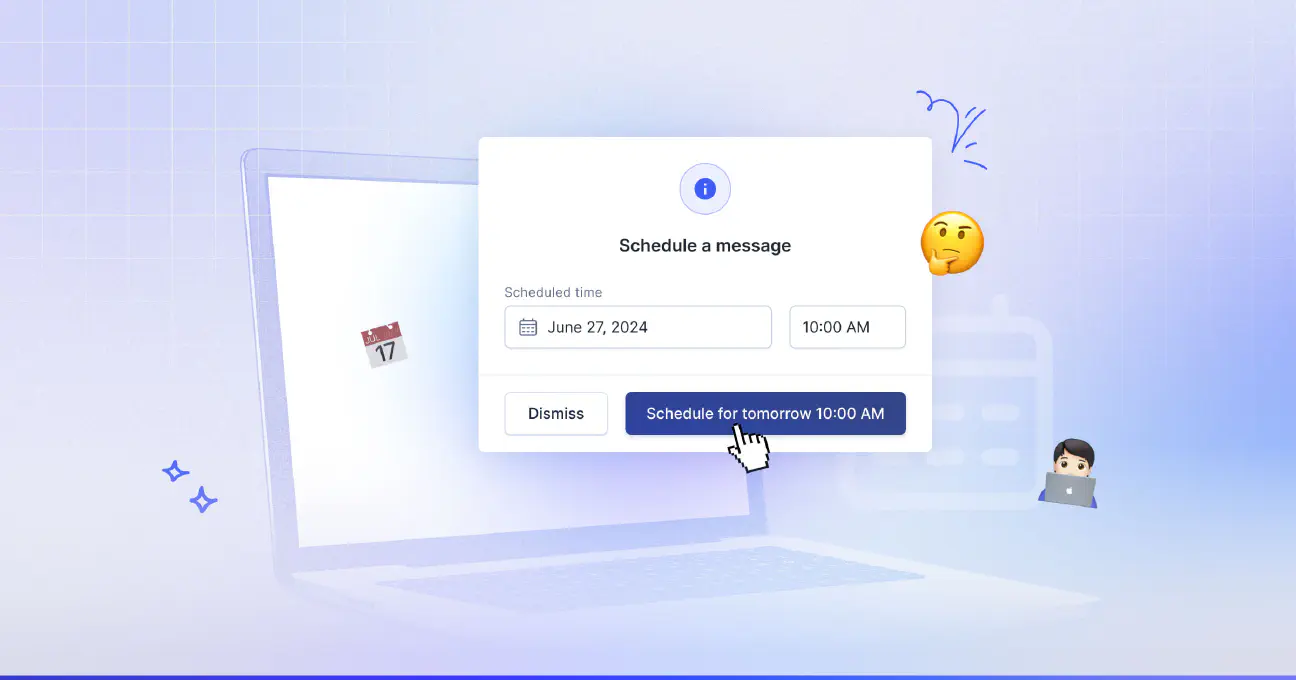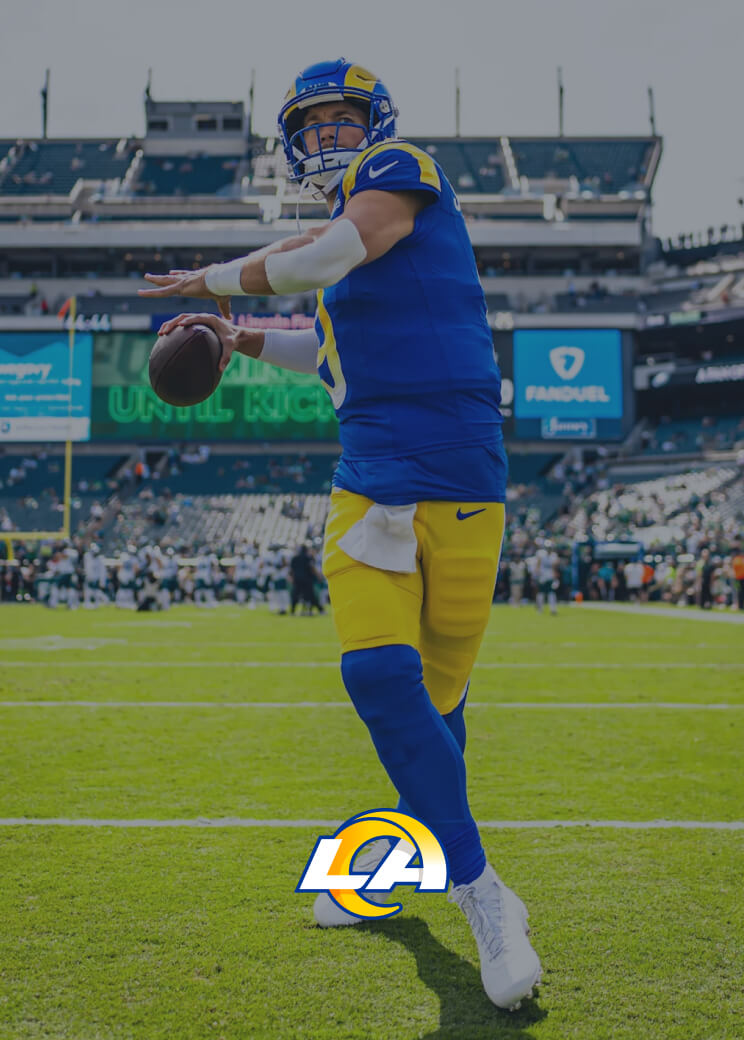How to Improve Teacher-Parent Communication with Innovative Technology
By Jill Berkowitz
- Published: November 8, 2024
Successful teacher-parent communication is a critical cornerstone of successful teaching.
Regular, back-and-forth communication helps parents identify ways to support their children’s education and take an active role in their development. It ensures teachers can understand student needs and tailor their educational approach accordingly.
Strong parent-teacher communication even helps to facilitate academic success for students. Studies show that parental involvement leads to higher grades, better test scores, improved attendance and participation, and enhanced social skills.
Unfortunately, establishing and maintaining effective communication channels can be difficult for educators. Traditional communication methods, such as parent-teacher conferences and written notes don’t do enough to keep families and educators synchronized.
The good news? Technology has the answer. With an innovative solution like Clerk Chat, teachers can send personalized text messages, reminders, updates, and news to parents, and families gain an efficient way to stay in touch with educators.
Here’s everything you need to know about using the latest technology to bridge the teacher-parent communication gap, and enhance the educational experience for everyone involved.
Clerk Chat empowers teachers and administrators to connect with parents.
Schedule messages
Provide two-way communication
Encourage collaboration
Minimize confusion
Understanding Teacher-Parent Communication
Parent-teacher communication is the ongoing, two-way exchange of information between educators, and student care providers, focused on enhancing a student’s academic experience and wellbeing. This consistent discourse doesn’t just focus on giving teachers a way to keep parents informed about their child’s performance, skills, strengths and weaknesses.
School communication with parents fosters a collaborative partnership between educators and a student’s family, paving the way for continuous, positive development.
Teachers can tell parents and guardians what’s happening in classes and help them understand where students might be thriving or struggling, so they can come up with strategies to support their education. At the same time, parents can tell teachers about the experiences students are having at home, the issues they might be facing, and the extra support they may need.
Why is Parent-Teacher Communication Important?
When teachers and parents can effectively communicate, whether it’s through email, phone calls, in-person meetings, or a school text messaging service, everyone benefits.
Ongoing communication is the key to a successful collaboration between all of the parties involved in a child’s development, from caregivers at home, to tutors, teachers, and school administrators. This partnership helps everyone to get a full picture of a student’s needs, opening up the possibilities for a more personalized, tailored approach to education.
Studies consistently show that students earn higher grades, suffer from fewer behavioral issues, and maintain higher levels of motivation when guardians are actively involved in their education. Meaningful family engagement can even have a positive impact on a child’s mental health.
At the same time, parents get an opportunity to access useful guidance and tips they can use to support their child’s education at home, while teachers benefit from a more comprehensive view of every student they teach, and their specific needs.
Some teachers have even reported that strong school communication with parents leads to increased student attendance, motivation, and focus levels.
The Problems with Traditional Teacher-Parent Communication
Although the benefits of strong parent-teacher communication are clear, traditional methods of keeping educators and families connected are often inefficient. All of the old-fashioned methods of communication teachers rely on have their downsides:
In Person, Face-To-Face Meetings
While one-on-one interactions between teachers and students are valuable, finding the time and the opportunity to connect in-person can be difficult. Teachers are often grappling with complex schedules. This means that many student-teacher conferences only happen once or twice a year, limiting how consistently parents and teachers can collaborate.
Even when in-person meetings are scheduled, it’s easy for them to be forgotten or overlooked, without text appointment reminders or calendar notifications. Some parents may even be unable to attend a meeting in person, meaning they miss out on a chance to connect with their student’s teacher.
Written Communication
A lot of parents love traditional newsletters, notes, and report cards. However, these only facilitate one-way communication. There isn’t always an opportunity for parents to ask questions about a student’s performance, or provide updates in response to a message.
Not only are the limitations to the feedback loop afforded by written communications, but there’s a risk written documents could be misplaced.
Phone Calls
Phone calls are still a valuable way to enable communication between parents and teachers, but they do have their limitations. There’s no guarantee that a parent or teacher will be able to reach the other party straight away when they make a call. That leads to people leaving voicemails that could easily be overlooked or forgotten about.
Additionally, teachers rarely have a lot of time to reach out and communicate with every parent individually through long phone calls. This stunts the conversation between educators and guardians.
Clerk Chat empowers teachers and administrators to connect with parents.
Schedule messages
Provide two-way communication
Encourage collaboration
Minimize confusion
The Best Ways to Communicate with Parents as a Teacher
Traditional teacher-parent communication methods still have their benefits, and will continue to play a role in the relationship between families and educators. However, thanks to the rise of technology, there are now more effective ways for guardians and teachers to communicate, such as:
Websites, School Apps, and Portals
Many schools utilize websites or online portals to share general announcements, calendars, and often student grades. These platforms can reduce the risk of crucial messages being lost or misplaced. They can also give teachers an excellent way to send parent-teacher conference reminder messages and updates to parents. However, they don’t always facilitate two-way communication.
Email Messages
A staple of formal and modern communication, email offers teachers and parents an excellent way to share documents and messages with each other. Email can even act as part of an automated messaging system, allowing educators to share updates about training days, snow days, and other news with hundreds of parents at once.
However, emails can easily get lost in inboxes, sent to spam folders, or overlooked. Plus, when parents need to respond to teachers or vice versa, they can end up waiting days or weeks for a response.
Social Media and Collaboration Platforms
Some districts use Facebook, Instagram, or WhatsApp groups to share information and facilitate discussions. This enables a much more fast-paced approach to conversational messaging. However, these platforms can be distracting, raise privacy concerns, and may not reach all parents.
Collaboration platforms, like Zoom, Slack, or Microsoft Teams, offer another, more secure way to enable omnichannel communications. However, they aren’t always accessible to every family.
SMS Messaging
SMS stands as one of the most effective ways to enable real-time teacher-parent communication. Everyone has a smartphone these days, and certain apps, like Clerk Chat, can even empower educators to text from a landline or a computer.
With a platform like Clerk Chat for SMS, teachers can send scheduled text messages to parents based on specific events, and enable two-way conversations. They can implement an SMS alert system for schools to keep parents up-to-date about sudden events.

The Need for a Unified Communication Platform
All of the technologies mentioned above offer excellent ways to improve parent-teacher communication. However, taking advantage of the benefits each platform and solution offers requires both parents and teachers to navigate multiple tools.
Wouldn’t it be much easier if teachers (in particular) could rely on one, unified communication platform, specifically designed to make it easier to keep in touch with parents while still communicating with colleagues?
That’s exactly what Clerk Chat offers. Rather than just giving teachers the option to send automated SMS to parents from schools, Clerk Chat acts as an all-in-one communication solution. Teams can schedule bulk messages, take advantage of an SMS integration for Microsoft Teams, or Zoom to enable omnichannel conversation, and even experiment with AI.
For instance, with Clerk Chat’s AI assistant, teachers and educators can ensure there’s a bot available at all times to answer parent questions, route information to teachers, and more.
Clerk Chat empowers teachers and parents with:
- Two-way SMS messaging: Reach parents instantly and allow for easy replies.
- Customization: Add signatures, multiple inboxes, organize
- Scheduled messages: Plan communications in advance for reminders.
- Group messaging: Create groups for specific classes or grades to share targeted updates.
- Communication history: Maintain a record of all interactions for easy reference.
How to Improve Parent-Teacher Communication: Top Tips
Improving teacher-parent communication starts with leveraging a platform that allows educators to unify their communication channels, take advantage of the best AI tools for teachers, and streamline processes with automation.
However, even with the best school communication apps (like Clerk Chat), there are still tips you should be following to enhance every conversation.
1. Establish Clear Communication Channels and Expectations
First, make sure you have the right policies in place as a teacher or school administrator when implementing new communication channels. If you’re exploring new ways to communicate with parents through SMS, for instance, you’ll need to ensure you obtain explicit consent from parents before you send them any messages.
Clearly communicate the purpose of the text messages and the frequency of communication they can expect. Make sure you set boundaries, letting parents know when you’re likely to be available to respond to messages, and when they’ll receive messages from you.
Additionally, make sure you’re taking advantage of school “text messages to parents templates”, that include your name, the school’s name, and any relevant information.
2. Be Proactive and Consistent
Maintain regular communication with parents as a teacher. Don’t just wait for them to text you asking for updates. Maintain a consistent communication schedule. For example, send weekly updates on classroom highlights or upcoming events. Regularly check in with parents and ask whether they have any feedback, questions and concerns.
Additionally, make sure you’re not just using your messaging strategy to inform parents of problems and disruptions. Use text messaging to share positive updates, celebrate student achievements, and provide regular insights into classroom activities.
3. Watch Your Tone and Language
If you choose SMS as the primary channel for teacher-parent communication, you’ll need to keep your messages concise and straight to the point. However, that doesn’t mean you shouldn’t focus on using the right tone and language.
Maintain a professional, courteous and positive tone in all of your messages. Avoid slang and emojis, and when you’re sharing negative feedback or concerns, frame it constructively. Focus on finding solutions to issues collaboratively.
Always proofread your messages before sending them, to avoid misunderstanding, and include actionable information, such as specific times and locations for events, or calls-to-action like “please book your appointment here.”
4. Be as Responsive As Possible
Using fast-paced ways to communicate with parents, like SMS, can help you to respond to issues and queries quickly. It’s much quicker to respond to a text (particularly with pre-written replies), than it is to call each parent individually or arrange a meeting.
Try to respond to parent questions quickly, within the same day, and take their concerns seriously. If you’re struggling to keep on top of a lot of messages, take advantage of conversational AI in education messaging apps to automatically address frequently asked questions.
If AI solutions aren’t enough to address a parent’s concern, make sure they always have a way to request a phone call or a meeting with your team.
5. Encourage Parent Involvement and Feedback:
Remember, teacher-parent communication should be a two-way street. Don’t just use text messages to share information, solicit feedback and insights from parents. Ask them to get actively involved with their child’s education, and share their thoughts.
Use surveys and polls to gather information from parents about the things your school can do to improve the student experience. Whenever parents reach out to share feedback, thank them for their input, and take proactive steps to implement their suggestions.
The more comfortable parents feel engaging in two-way conversations with teachers, the more they’ll help contribute to their child’s development.
How to Communicate with Parents as a Teacher: Considerations
While technology solutions, like Clerk Chat, are powerful for improving teacher-parent communication, there are still some concerns and challenges to address. Here are a few final things to keep in mind when you’re implementing your new strategy.
Data Protection and Compliance:
Schools must protect sensitive student and family information. Luckily, Clerk Chat is built with robust security measures and prioritizes data privacy. For instance:
- Data Encryption: All data transmitted through Clerk Chat is encrypted, safeguarding it from unauthorized access. However, it’s important to note that SMS, when over the air, is a non-encrypted medium.
- Secure Storage: Data is stored on secure servers with strict access controls.
- Compliance: Clerk Chat is SOC2 Type2 certified and complies with relevant data privacy regulations. We also enable access to SMS opt-in message examples and “consent” tracking tools, so you can adhere to regulatory guidelines.
- Transparency: Clerk Chat provides clear and accessible information about its data privacy practices, empowering schools and parents to make informed decisions.
Accessibility:
All families, regardless of their technological resources or language preferences, should be able to access a school’s communication platform(s). Here’s how Clerk Chat promotes accessibility:
- Multiple Device Compatibility: Clerk Chat can be accessed via smartphones, tablets, and computers, accommodating various device preferences. In fact, its Android app is currently available to download on Google Play.
- SMS-Based Communication: Text messaging is a widely accessible technology, even for families with limited internet access or data plans.
- Multilingual Support: Clerk Chat makes it possible for schools to communicate with parents in their preferred languages.
Through integrations with other communication platforms, such as our Zoom SMS integration, you can also make it easy for parents to request other ways to communicate with your team, such as through video or voice calls.
Personalization:
Technology certainly streamlines communication and improves efficiency, but convenience shouldn’t come at the expense of personalization. Clerk Chat can facilitate more frequent and timely communication, allowing teachers to share updates and address concerns promptly. This frees up time for more meaningful face-to-face interactions, such as parent-teacher conferences, where deeper relationships can be built.
However, Clerk Chat also help teachers to embed personalization into their messaging strategies. For instance, you can use AI for text messages, drawing on insights from previous instances of teacher-parent communication to personalize every discussion.
You can also customize every message with templates, or create segments or “groups” of parents based on various factors, such as when they’re available to communicate, which “classes” their children belong to, and more. You can even create groups of contacts called “cohorts” with “About” sections where you can store necessary information specific to a family.
Enhancing Communication Between Parents and Teachers
Students thrive when supported by effective teacher-parent communication. Families and schools must work together to encourage academic success and social-emotional well-being.
When schools provide families with familiar communication channels (like text messaging!) and ways to be informed or ask questions, they help them take an active role in their child’s education.
Clerk Chat offers a powerful platform for schools seeking to encourage conversations amongst teachers and parents. Using one centralized platform like Clerk Chat enables educators and administrators to:
- Share regular updates, celebrate achievements, and quickly address concerns.
- Take advantage of artificial intelligence in education for 24/7 parent support.
- Automate reminders, schedule messages, and create workflows for efficient communication.
- Unlock new channels of communication between parents and teachers.
- Reduce the risk of lost information and misunderstandings.
Ready to make a difference for your district? Get your demo of Clerk Chat today.
Jill is a former middle school ELA teacher who has discovered a fascination for content in the B2B tech world. When she isn't writing for Clerk Chat or hosting the 160 Characters podcast, she can be found spending quality time with her husband, three children, and their dog. Follow her journey on LinkedIn.
In this article:
- Understanding Teacher-Parent Communication
- Why is Parent-Teacher Communication Important?
- The Problems with Traditional Teacher-Parent Communication
- The Best Ways to Communicate with Parents as a Teacher
- The Need for a Unified Communication Platform
- How to Improve Parent-Teacher Communication: Top Tips
- How to Communicate with Parents as a Teacher: Considerations
- Enhancing Communication Between Parents and Teachers
Ready to use your business number for text messaging?
Thousands of businesses are already experiencing the power of conversational messaging through SMS. Join us. Free trial and paid tiers available.
Get Started#Subscribe
Get product updates in your inbox
Tutorials, features, and Clerk Chat news delivered straight to you.




